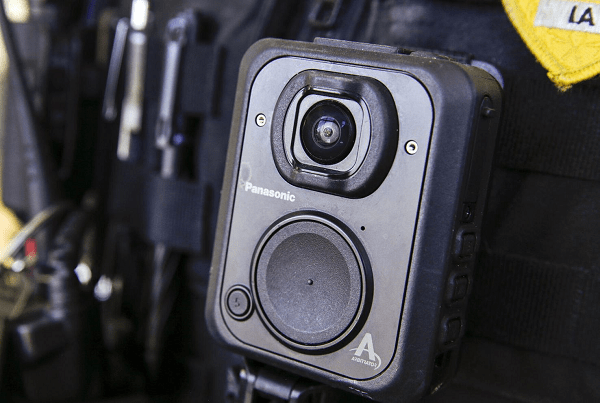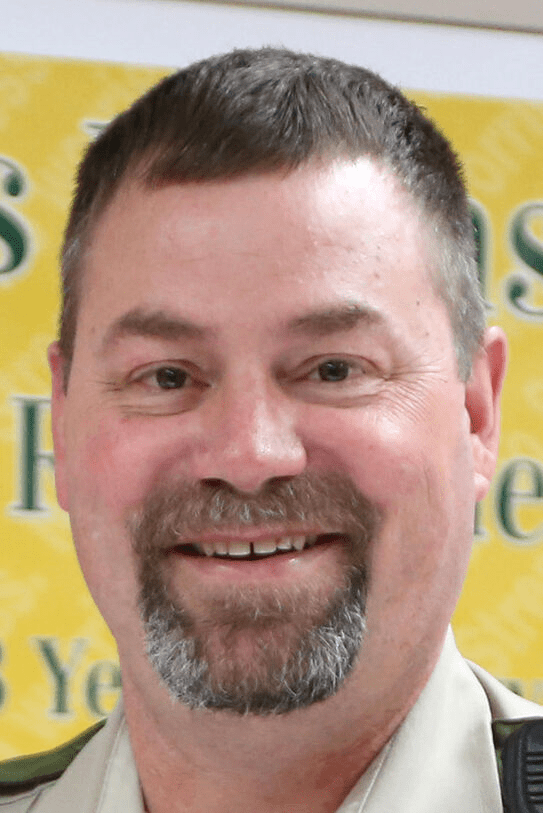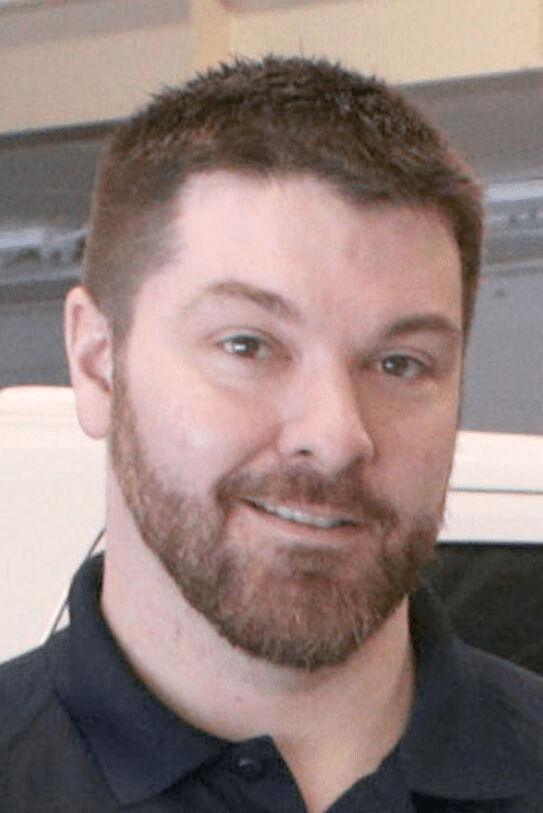2.2.21 – Carroll Times Herald

Camera technology has evolved considerably in the past two decades and now provides a valuable asset to local law enforcement officers without many of the drawbacks that once accompanied it. Gone are the days when everything was recorded on tape, catalogued and stored by hand, a labor-intensive process by today’s standards.
Camera technology has evolved considerably in the past two decades and now provides a valuable asset to local law enforcement officers without many of the drawbacks that once accompanied it.
Gone are the days when everything was recorded on tape, catalogued and stored by hand, a labor-intensive process by today’s standards. Now, patrol vehicles have digital recording systems that automatically upload their videos when they return to the office, and body cameras do the same when they are docked to charge.
And instead of one camcorder — similar to what people could buy in stores — being mounted to the dash of a patrol vehicle, there are multiple cameras that record what’s happening inside and out of the vehicles.
All of that video is synced together by a storage system that allows the simultaneous review of multiple videos of an incident — different camera angles can be watched at once.


It’s a far cry from 21 years ago, when Sheriff Ken Pingrey started at the Carroll County office as a deputy.
“I’d been doing patrol work for 10 years without a camera at all, so it was one of those things that never clicked in my mind, to turn the thing on,” Pingrey said of the patrol vehicle camera that he had to manually start and stop.
The sheriff’s office and Carroll Police Department have used several iterations of the technology since.
Eventually, Pingrey didn’t have to remember to turn the camera on when the department switched to automatic cameras, but the recordings were still made to tape by a trunk-mounted machine.
That’s also what Carroll Police Chief Brad Burke used when he started with the department in 2006. He remembers the body-worn microphones that were linked with a system that would cut out if he strayed too far from his vehicle.
The videos were grainy. Stray lights caused the camera focus to shift. The tape recorders would break, and when a tape was full, Burke had to ask for a new one to be assigned to him.
A little more than a decade ago, the systems went digital, got smaller and had more storage. That enabled the widespread adoption of body-worn cameras.
Both departments moved to new, similar systems in the past four years.
“It’s helped the way we do report writing,” Pingrey said. “The old way, you’re sitting there trying to take notes. With this, you just let the camera roll.”

Burke said he still habitually grabs a notebook for interviews but that his younger officers who have had the new technology for all of their careers tend to rely more heavily on it.
“If I gave them a ticket book, they’d look at me like I’m crazy,” Burke said, in reference to the paper forms for writing traffic tickets.
Video recordings in the past year have brought increased accountability of law enforcement officers across the country in some high-profile cases, but locally, Burke and Pingrey said the recordings mostly have shielded their officers from false accusations.
“It brings the accountability to the suspect,” Burke said. “The officers are usually behaving well.”
Added Pingrey: “We got a good bunch of people over here.”
The main failing of the new technology now is storage capacity. When the state’s court system slowed after the start of the coronavirus pandemic and trials were delayed, the Carroll Police Department used all of its available storage because it had to retain more video than usual.
And there still are occasional malfunctions that prevent video from being recorded, which can hinder prosecutions because attorneys and jurors have come to expect it.
“As technology evolves, eventually, some day, I see a fool-proof system,” Pingrey said.
